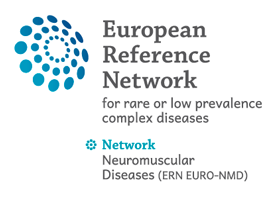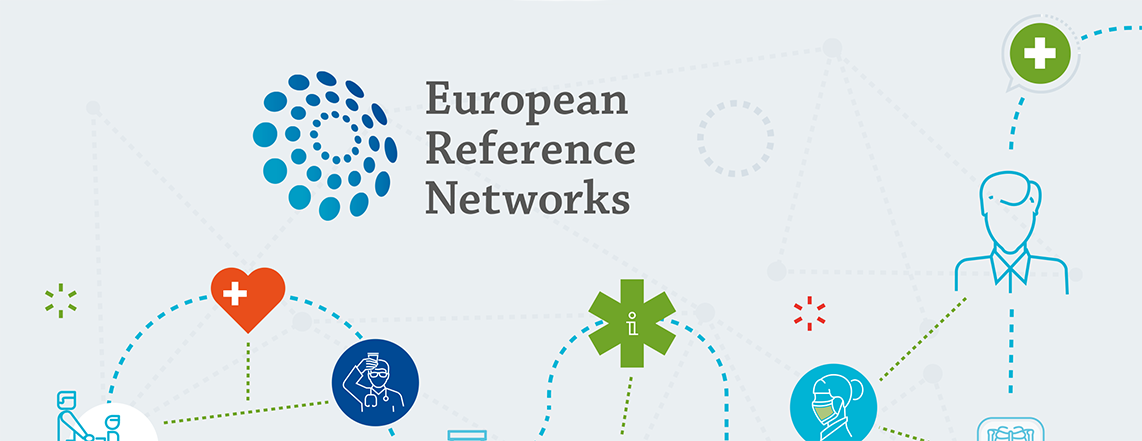To review a patient’s diagnosis and treatment, ERN coordinators convene ‘virtual’ advisory boards of medical specialists across different disciplines, using a dedicated IT platform and telemedicine tools.
ERNs offer the potential to give patients and doctors across the EU access to the best expertise and timely exchange of life-saving knowledge, without having to travel to another country.
Following the first call for proposals in July 2016, the first ERNs were approved in December 2016 and launched in March 2017 in Vilnius where their kick off meetings took place.
The ERNs currently cover the main clusters of rare, complex, and low-prevalence diseases. As of 2024, the ERNS now include 1,619 specialised centres in 382 hospitals across 27 Member States and Norway. ERNs enable specialists in Europe to discuss cases of patients affected by rare, low-prevalence and complex diseases, providing advice on the most appropriate diagnosis and the best treatment available.
Individual patients cannot directly access ERNs. However, with the patient’s consent, healthcare providers can exchange information and consult the appropriate ERN member under national health regulations.
The work carried out by the ERNs is diverse and includes, for example:
- virtual discussions across specialists in Europe to discuss cases of patients affected by rare, low-prevalence and complex diseases, providing advice on the most appropriate diagnosis and the best treatment available.
- developing, updating, and appraising Clinical Practice Guidelines, providing training and education courses, and working on registries.


